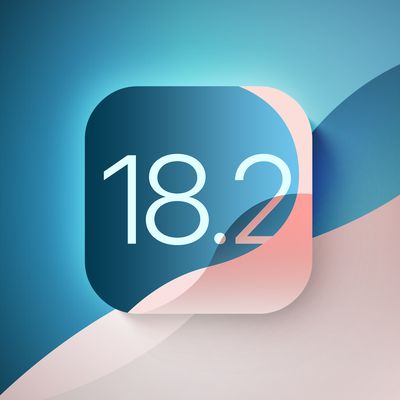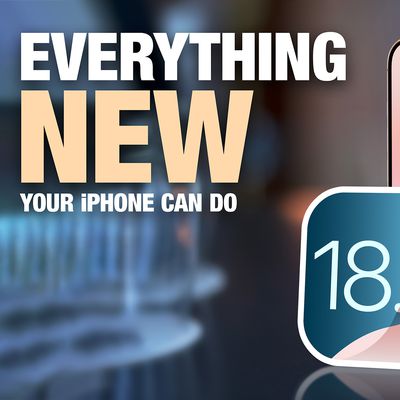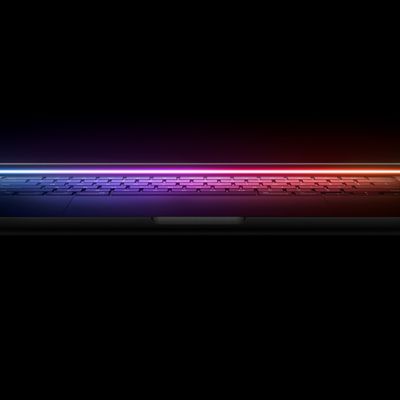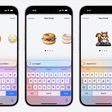Apple Watch Blood Oxygen Monitoring Feature Found in iOS 14 Code
Apple is working on a new Apple Watch feature that detects blood oxygen levels, according to newly discovered code snippets in iOS 14 (via 9to5Mac).
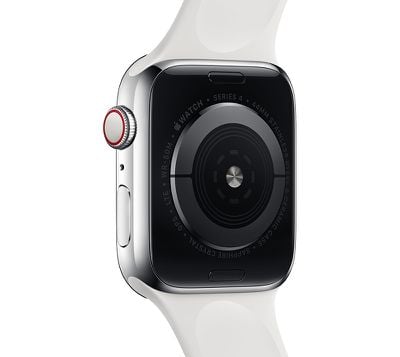
Blood oxygen saturation naturally fluctuates throughout the day, but large variations can be linked to health issues. For example, 95-100 percent oxygen in the blood is considered normal, but a drop below that percentage could be a sign of a serious respiratory or cardiac problem.
At the center of Apple's new feature is a new health notification based on blood oxygen levels – when Apple Watch blood oxygen saturation drops below a certain threshold, the wearer is alerted, just like existing heart rate notifications.
Apple holds patents for blood oxygen monitoring, and early prototypes of the first Apple Watch featured sensors that measured blood oxygen monitoring among other biometrics, but many of these functions never made it into the final product because of consistency issues.
When the original Apple Watch was released back in 2015, iFixit actually discovered that Apple's heart sensors have the capability to monitor blood oxygen levels, but Apple has never activated it.
It remains to be seen whether the latest incarnation of the feature will rely on new hardware in the Apple Watch Series 6 or if it will come as a software update as part of watchOS 7, both of which are expected to arrive this year. Rumors persist that sleep tracking will also be included in the next Apple Watch model.
Other smartwatch and fitness tracker makers including Google-owned Fitbit already offer blood oxygen monitoring features in some of their devices, so Apple is playing catch-up in this regard, but that could mean the company has a more advanced implementation of the feature in the works.
Popular Stories
Apple has announced that iOS 18.2, iPadOS 18.2, and macOS Sequoia 15.2 will be released today following more than six weeks of beta testing.
For the iPhone 15 Pro and iPhone 16 models, the update introduces additional Apple Intelligence features, including Genmoji for creating custom emoji, Image Playground and Image Wand for generating images, and ChatGPT integration for Siri. There is also ...
Apple today seeded the second release candidate versions of upcoming iOS 18.2, iPadOS 18.2, and macOS 15.2 updates to developers and public beta testers for testing purposes, a week after releasing the first RCs. The first iOS 18.2 RC had a build number of 22C150, while the second RC's build number is 22C151. Release candidates represent the final version of beta software that's expected to see a ...
Apple's forthcoming iPhone SE 4 will feature a single 48-megapixel rear camera and a 12-megapixel TrueDepth camera on the front, according to details revealed in a new Korean supply chain report.
ET News reports that Korea-based LG Innotek is the main supplier of the front and rear camera modules for the more budget-friendly ~$400 device, which is expected to launch in the first quarter of...
Apple seeded the release candidate version of iOS 18.2 today, which means it's going to see a public launch imminently. Release candidates represent the final version of new software that will be provided to the public should no last minute bugs be found, and Apple includes release notes with the RC launch.
The iOS 18.2 release notes provide a look at all of the new features that are coming...
Apple is set to release iOS 18.2 in the second week of December, bringing the second round of Apple Intelligence features to iPhone 15 Pro and iPhone 16 models. This update brings several major advancements to Apple's AI integration, including completely new image generation tools and a range of Visual Intelligence-based enhancements. There are a handful of new non-AI related feature controls...
Apple plans to remove the notch from the MacBook Pro in a few years from now, according to a roadmap shared by research firm Omdia.
The roadmap shows that 14-inch and 16-inch MacBook Pro models released in 2026 will have a hole-punch camera at the top of the display, instead of a notch. It is unclear if there would simply be a pinhole in the display, or if Apple would expand the iPhone's...
Despite being released over two years ago, Apple's AirPods Pro 2 continue to dominate the wireless earbud market. However, with the AirPods Pro 3 expected to launch sometime in 2025, anyone thinking of buying Apple's premium earbuds may be wondering if the next generation is worth holding out for.
Apart from their audio and noise-canceling performance, which are generally regarded as...
Norwegian payment service Vipps has become the world's first company to launch a competing tap-to-pay solution to Apple Pay on iPhone, following Apple's agreement with European regulators to open up its NFC technology to third parties.
Starting December 9, Vipps users in Norway can make contactless payments in stores using their iPhones. The service initially supports customers of SpareBank...



